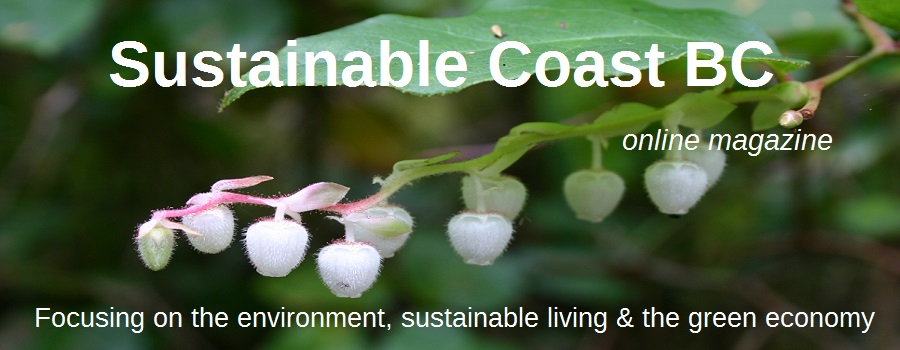News
A new study from the Canadian Centre for Policy Alternatives calculates the healthcare, justice and productivity costs of poverty in BC. Just doing the math, the conclusion is that a smart poverty reduction plan can cut that cost in half. WATCH THE VIDEO.
Governments frequently claim that they can’t afford to take action on poverty, but a new study shows that it’s much more costly to allow poverty to continue and pay for the consequences.Poverty is consistently linked to poor health, lower literacy, poor school performance for children, more crime, and greater stress. Now, for the first time, actual dollar figures have been calculated for the cost of poverty to government and society as a whole, including higher public health care costs, increased policing and crime costs, lost productivity, and foregone economic activity.
The Cost of Poverty in BC is co-published by the Canadian Centre for Policy Alternatives, the Public Health Association of BC (PHABC) and the Social Planning and Research Council of BC (SPARC).
“No one should have to suffer hunger or homelessness in a wealthy province like BC,” says economist Iglika Ivanova, author of the study. “On this basis alone we must do better in addressing poverty. But there is also a clear economic case here: in light of the high costs of inaction, investing in poverty reduction is the fiscally responsible thing to do.”
[blockquote]The bottom line:
- Poverty in BC represents a direct cost to government alone of $2.2 to $2.3 billion annually, or close to 6% of the provincial budget.
- The cost to society overall is considerably higher — conservatively estimated at $8.1 to $9.2 billion per year, or between 4.1% and 4.7% of BC’s GDP.
- That is as much as $2,100 for every man, woman and child in BC, or $8,400 for a family of four, every year.
[/blockquote]
“Poverty leads to higher healthcare costs,” says Ted Bruce, president of the PHABC. “BC’s poorest families are sicker and use a greater share of health care resources than any other group. If poverty reduction initiatives reduced health care use for the poorest 20% of families, we could save $1.2 billion in annual provincial health care spending.”
“Our study’s total cost estimate doesn’t include the future costs of child poverty,” says Lorraine Copas, Executive Director of SPARC BC. “But the 90,000 BC children who currently live in poverty certainly represent future social services costs and lost productivity.”
[blockquote]“Most British Columbians believe that our provincial government should take action on poverty,” says Ivanova. “We estimate that a comprehensive poverty reduction plan would cost $3 to $4 billion a year: less than half of what inaction is costing us now.” [/blockquote]
From the CCPA (Canadian Centre for Policy Alternatives BC) press release
Poverty Amid Plenty -- Welfare in BC
A slideshow about welfare and poverty in British Columbia by the Canadian Centre for Policy Alternatives (CCPA) is available in video online. Features interviews with welfare recipients and advocates. Narrated by Seth Klein, Director of the CCPA's BC Office.
Poverty Amid Plenty
CONTENTS:
Introduction
Welfare Basics
Welfare Myths:
1 Welfare is Easy to Get
2 Welfare is an Easy Ride
3 Poverty is Inevitable
4 Solutions Are Too Expensive
What you can do
